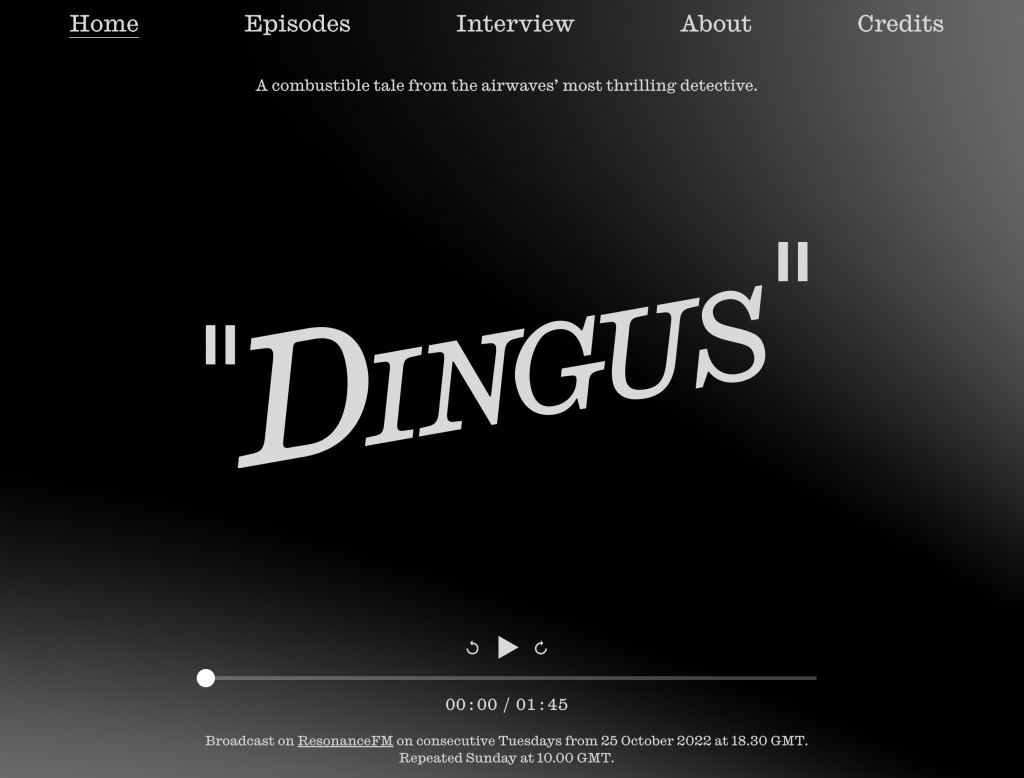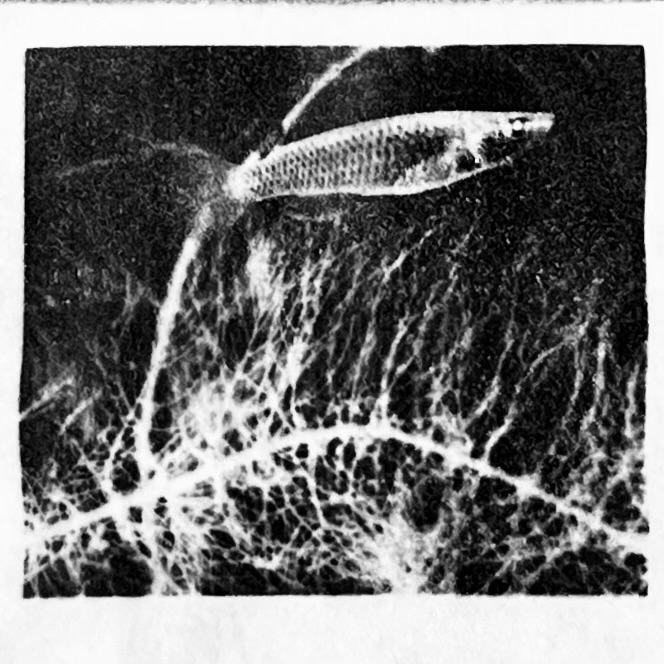There are many core elements of radio art, such as vocals, background music, sound effects, and ambient noise.They interact with each other and create atmosphere and meaning, and in class we listened to a number of examples of radio art, each showing a different style of sound narrative.
I was most interested in the category of sound effects and ambient sounds, and I was more interested in completing this aspect of the group work.These sounds are crucial in radio works. A simple ambient sound – the sound of leaves being blown by the wind, footsteps, street noises – can make the listener enter the story environment better, drive the atmosphere and the development of events, and act as a cue from the sense of listening.
The vocal part is not only the expression of language, the timbre itself is also a good narrative technique.It goes beyond just reading a piece of text and uses the characteristics of the voice to convey emotion, which I believe is the key to determining whether a piece of radio art is perfect or not.
Music can provide the emotional tone in a radio piece, different tunes can emphasise different emotions, or enhance the rhythm or create suspense.For example, low and slow audio can create a solemn and calm atmosphere, while some dissonant intervals can create a tense atmosphere.
A favourite example: DINGUS Episode 1 The House of Glass——A radio drama piece recorded in 1944, combining music, sound effects and vocals to present the story of the disappearance of a mysterious object in Peru, which is replaced by a “halo around the ghost”.


Leave a Reply